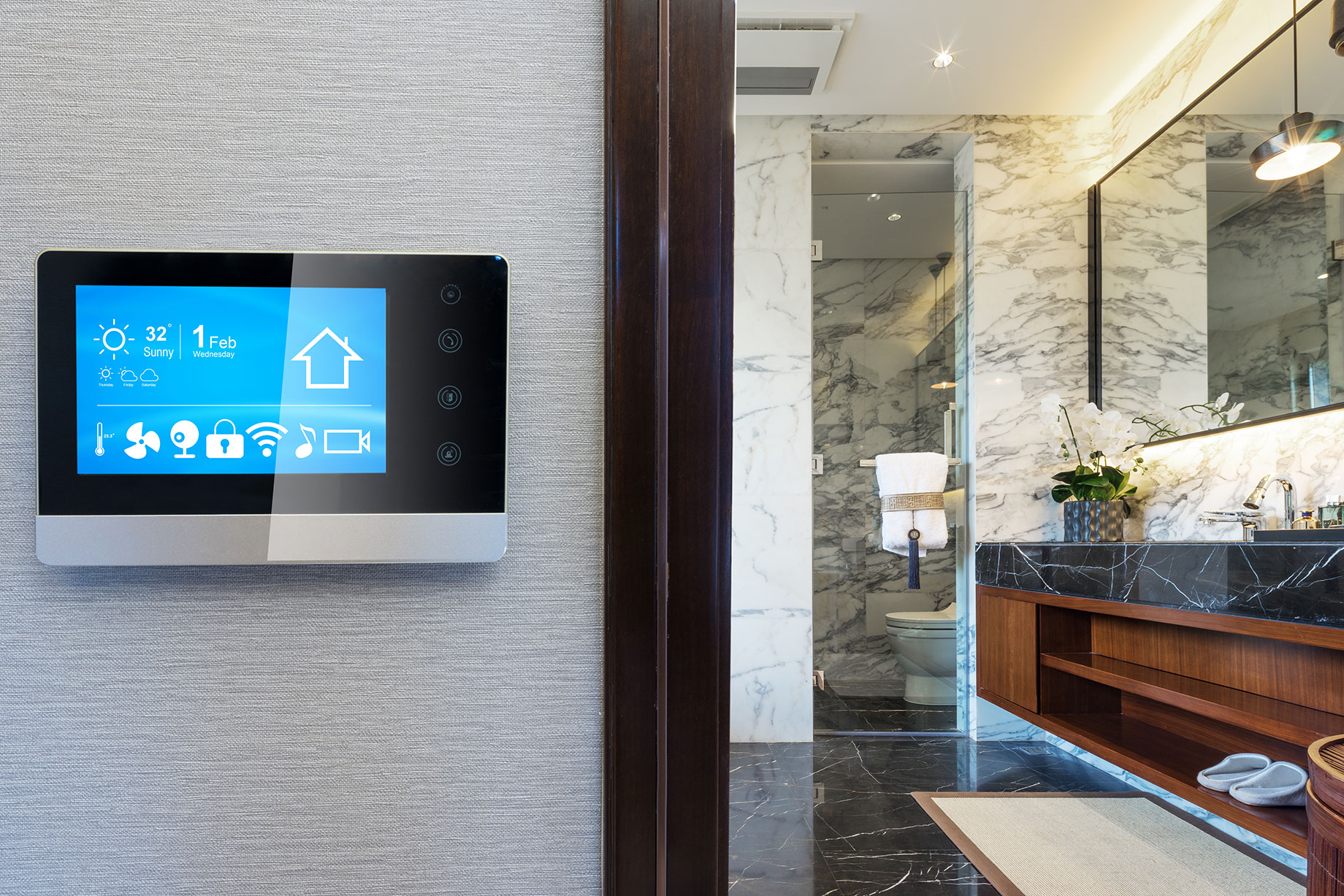
The rise of smart home technology has transformed the way homeowners interact with their living spaces. From automated lighting and climate control to advanced security systems, smart electrical components enhance convenience, efficiency, and safety. However, integrating these systems requires a solid understanding of how they function, the benefits they offer, and the considerations necessary for seamless implementation.
The Basics of Smart Home Electrical Systems
Smart home electrical systems consist of interconnected devices that allow homeowners to control and automate various functions. These devices communicate through Wi-Fi, Bluetooth, or Zigbee protocols, enabling remote operation via smartphones, tablets, or voice assistants. Unlike traditional electrical systems, smart home technology integrates sensors, AI-driven automation, and cloud-based controls to enhance usability.
Energy Efficiency and Cost Savings
One of the primary advantages of smart home electrical systems is energy efficiency. Smart thermostats adjust heating and cooling based on occupancy patterns, reducing unnecessary energy consumption. Smart lighting systems use motion sensors and timers to prevent wasted electricity. By optimizing energy use, homeowners can significantly lower utility bills.
Additionally, smart plugs and power strips help track energy usage and identify inefficient appliances. Real-time monitoring through mobile apps provides insights into consumption trends, allowing users to make informed decisions about reducing energy waste.
Enhanced Home Security
Smart electrical systems contribute to improved home security by integrating surveillance cameras, motion detectors, and automated door locks. These features enable remote monitoring, giving homeowners peace of mind whether they are at home or away.
Smart security lighting is another valuable addition, using motion detection to deter intruders. Automated outdoor lights can be programmed to switch on at specific times or in response to movement, creating an added layer of protection.
Compatibility with Renewable Energy Sources
As sustainability becomes a priority, smart home electrical systems offer compatibility with renewable energy sources such as solar panels and battery storage units. These integrations help homeowners maximize clean energy usage while reducing reliance on traditional power grids.
Smart inverters and energy management systems optimize power distribution, ensuring efficient use of stored solar energy. Additionally, real-time tracking provides insights into energy generation and consumption, allowing users to adjust settings for optimal savings.
The Role of Smart Electrical Panels
Upgrading to a smart electrical panel allows homeowners to monitor and manage electricity usage at a granular level. These advanced panels provide insights into individual circuit consumption, helping identify energy-intensive appliances.
Many smart panels include automated load balancing, preventing overloads and enhancing electrical system longevity. The ability to remotely control circuits and shut off unnecessary devices adds another layer of efficiency and safety.
Considerations for Installation and Integration
Before implementing smart home electrical systems, homeowners should evaluate their existing wiring and infrastructure. Some smart devices require rewiring or additional hardware to function properly. Consulting a licensed electrician like Dr Electrician Downlight installations ensures seamless integration while maintaining compliance with electrical codes.
Network stability is also crucial for smart home systems. A strong Wi-Fi connection ensures consistent communication between devices, preventing disruptions in automation. Investing in a high-quality router or mesh network enhances reliability.
Addressing Privacy and Security Concerns
While smart home technology enhances convenience, it also introduces potential cybersecurity risks. Hackers can exploit vulnerabilities in connected devices, compromising personal data or accessing home functions.
Strengthening network security through strong passwords, encryption, and two-factor authentication reduces risks. Regular software updates ensure that devices remain protected against evolving threats. Choosing reputable brands with built-in security measures further safeguards smart electrical systems.
Conclusion
Smart home electrical systems offer homeowners enhanced convenience, security, and energy efficiency. By integrating automated controls, renewable energy compatibility, and advanced monitoring capabilities, these systems create a modern, efficient living environment. Understanding installation requirements, cybersecurity risks, and long-term benefits ensures successful implementation. With careful planning and professional guidance, homeowners can harness the full potential of smart home technology while maintaining reliability and safety.